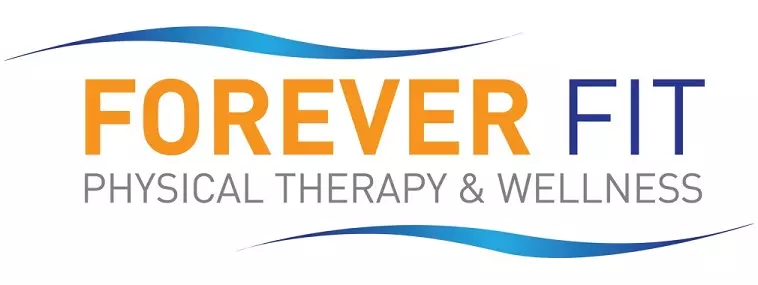When you experience hip pain, it can interfere with your ability to comfortably carry out your everyday tasks, such as climbing stairs in your home or bending down to tie your shoes. While it’s not uncommon to feel hip pain every once in a while, like after standing for an extended period of time or bumping it against a table, recurring hip pain shouldn’t be brushed off.
There are several treatment options that can help you reduce your hip pain and increase your mobility. Medication can provide temporary relief, and manual therapy from a physical therapist involves hands-on maneuvering of the affected tissue. One course of action that’s always effective is performing targeted exercises.
Read on to learn exercises that can alleviate recurring hip pain, as well as what to do when you require more intensive support.
6 exercises that can reduce recurring hip pain
There’s more than one objective to performing exercises when you feel an ache in your hip. Not only does it help to reduce your current pain, but it can also reduce the risk of future pain or injuries by improving the overall quality and function of the hip muscles and joints.
A physical therapist can guide you through safe and effective hip exercises during sessions that you can perform at home to continue your progress. They will also let you know how often to repeat each exercise.
- Bridge — Lie down on the floor with your knees bent. Your feet should be planted on the floor. Lift your hips off the floor while tightening your stomach muscles. Once your hips are aligned with your shoulders and knees, hold the position for up to five seconds before lowering back down to the starting position. Repeat as directed by your physical therapist.
- Chair stand — Sit down on a chair with your buttocks on the edge. Your feet should be hip width apart and your hands on your thighs. Slowly stand up without using your hands by tightening your abdominal muscles. Once you’re fully standing, sit back down into your starting position. Repeat as many times as directed by your physical therapist.
- Straight-leg raises — Lie down on your back. Keep one leg extended and one leg bent, with the foot flat on the floor. Raise your extended leg straight in the air by tightening your thigh muscles. Lift the leg until it reaches the same height as your bent knee. Hold your leg in that position for up to five seconds before lowering it back down. Repeat as directed by your physical therapist before switching to the other leg.
- Ankle grab — Stand with your feet shoulder width apart. Bend your knee so your foot is lifted behind you. Reach behind you and grab your foot with both hands. Gently pull it toward your buttocks. Hold it for up to five seconds before lowering your foot down to the starting position. Repeat as directed by your physical therapist before switching to the other leg.
- Banded walk — Take an exercise band and place it around your ankles or just above your knees. Bend your knees slightly before stepping to one side, stretching the band, before bringing the other foot over. Keep stepping in one direction for about 10 steps. Repeat in the opposite direction.
- Lateral squat — Stand with your feet a bit wider than hip width apart. Bend your left knee while keeping your right leg straight so your weight is entirely on your left leg. Keep your feet pointing forward and your chest up. Push back up to the starting position before switching to the right side. Repeat as directed by your physical therapist.
Forever Fit can show you how to properly perform exercises for recurring hip pain
When you’re already experiencing hip pain, it’s important that you only perform strengthening and stretching exercises that are safe. If you don’t properly complete a move or you do the wrong move altogether, you’re at risk of further worsening your hip damage and symptoms. That’s why you should get guidance on how to complete hip exercises from a physical therapist.
At Forever Fit, we want to give you the knowledge you need to address current pain so that you know how to handle any recurring pain in the future. That’s why we’ll help design a home exercise program for you to perform in between sessions as well as after treatment is over.
Contact our team today for more information or to schedule an initial appointment.

